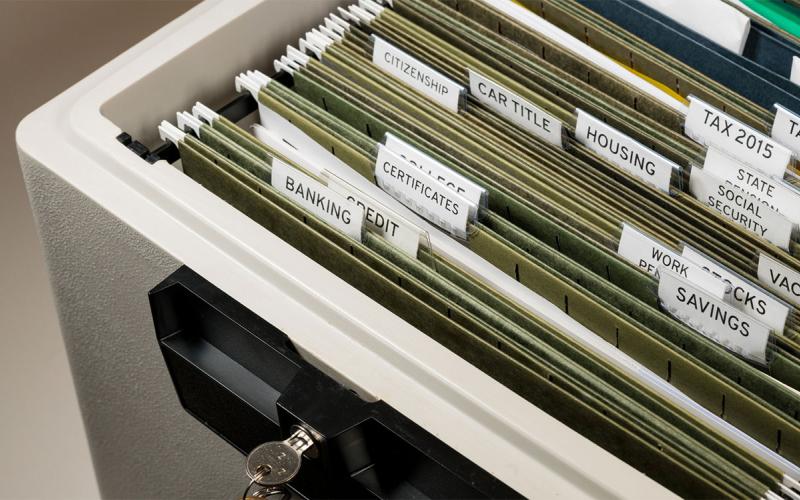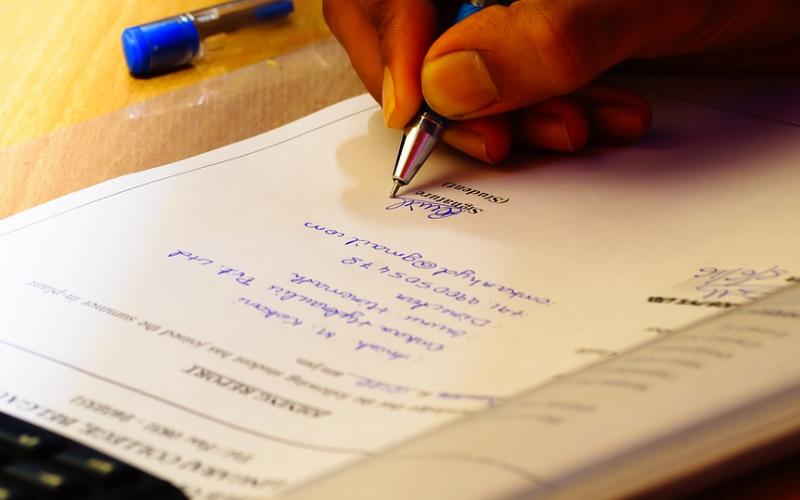
A credit or security freeze prevents creditors from accessing your credit file and prevents others from opening an account in your name. This will help to prevent identity theft. When a freeze is in place, only creditors for accounts you currently have open, government agencies (such as child support agencies) and companies you have hired to monitor your credit file are able to see your information.
Consumers can freeze and unfreeze their credit records for free at the three nationwide reporting companies: Experian, TransUnion, and Equifax. A freeze can be placed on your credit file at any time, but you do have to contact each agency separately. Keep in mind, credit freezes will not deter non-credit related frauds, such as tax refund, identity theft, and health insurance fraud. For these situations, consumers need to be vigilant by keeping personal information private and reviewing account statements.
How to Freeze Your Credit
Credit freeze requests can be made online, by phone, or by certified U.S. mail. Expect to devote some time to this task. Below is the contact information for each credit reporting agency for each method of contact to request a credit freeze.
Equifax
- Online: Request a Credit Freeze
- Phone: 888-298-0045
- U.S. Mail: Complete the Equifax Security Freeze Request Form and mail it to:
Equifax Information Services LLC, P.O. Box 105788, Atlanta, GA 30348-5788
Experian
- Online: Request a Credit Freeze
- Phone: 888-397-3742
- U.S. Mail: Experian Security Freeze, P.O. Box 9554, Allen, TX 75013
TransUnion
- Online: Request a Credit Freeze
- Phone: 888-916-8800
- U.S. Mail: TransUnion LLC, P.O. Box 160, Woodlyn, PA 19094
Things to Consider

The costs of security freezes vary from state to state. Fees may or may not be charged to add a credit freeze, temporarily lift (thaw) a credit freeze (for example, when you need to apply for a loan), and remove a credit freeze. Different fees for credit freezes may also apply, depending on whether someone is or is not a victim of identity theft.
For mailed security freeze requests, include the following information in a cover letter format, unless a form is provided:
- Full name (with middle initial) and former name, if applicable.
- Current address and former addresses within the last five years.
- Social Security number.
- Full date of birth (month, day, year).
- Signature.
- Photocopies of two forms of identification, such as a government-issued identity card and proof of residence, such as a phone bill or utility company bill.


